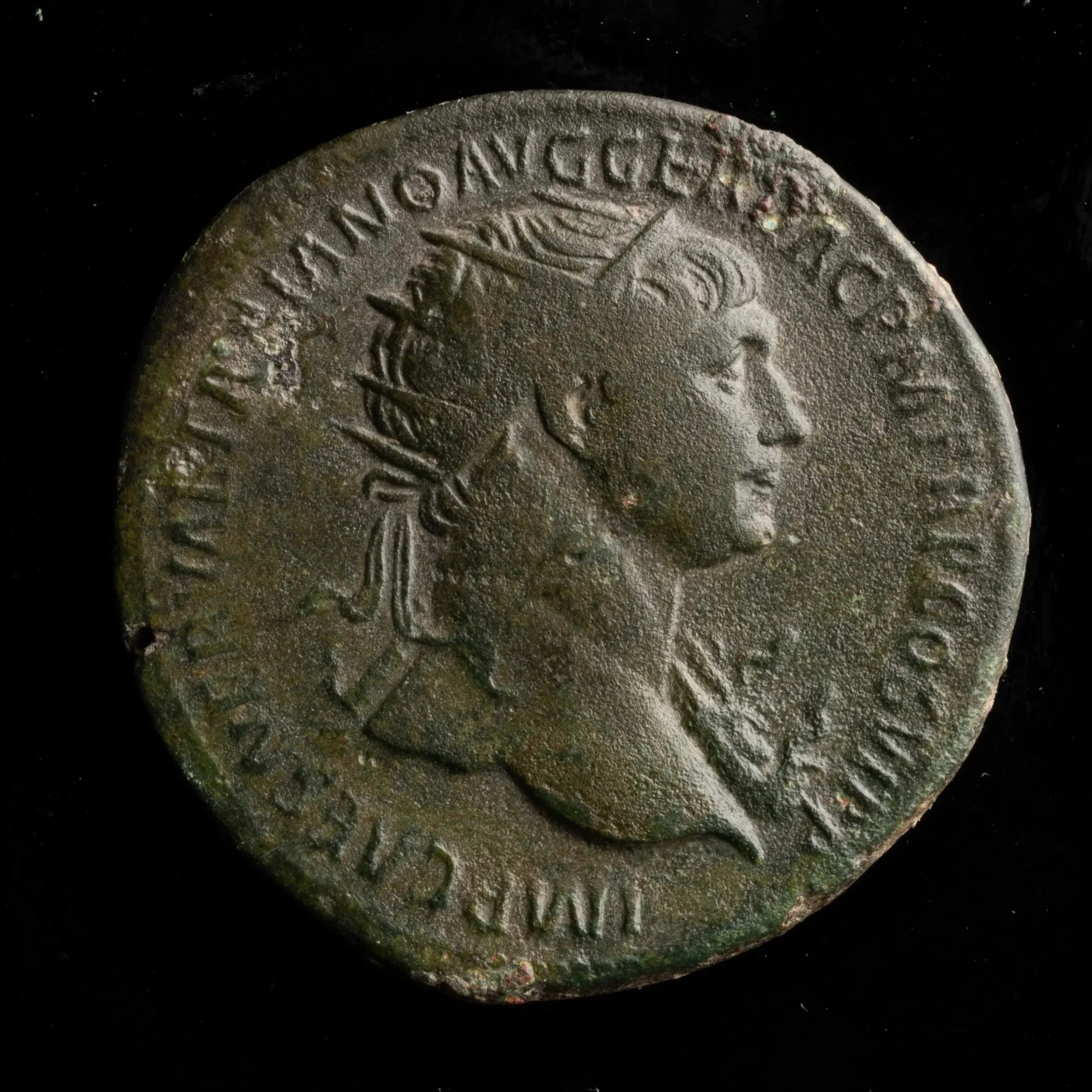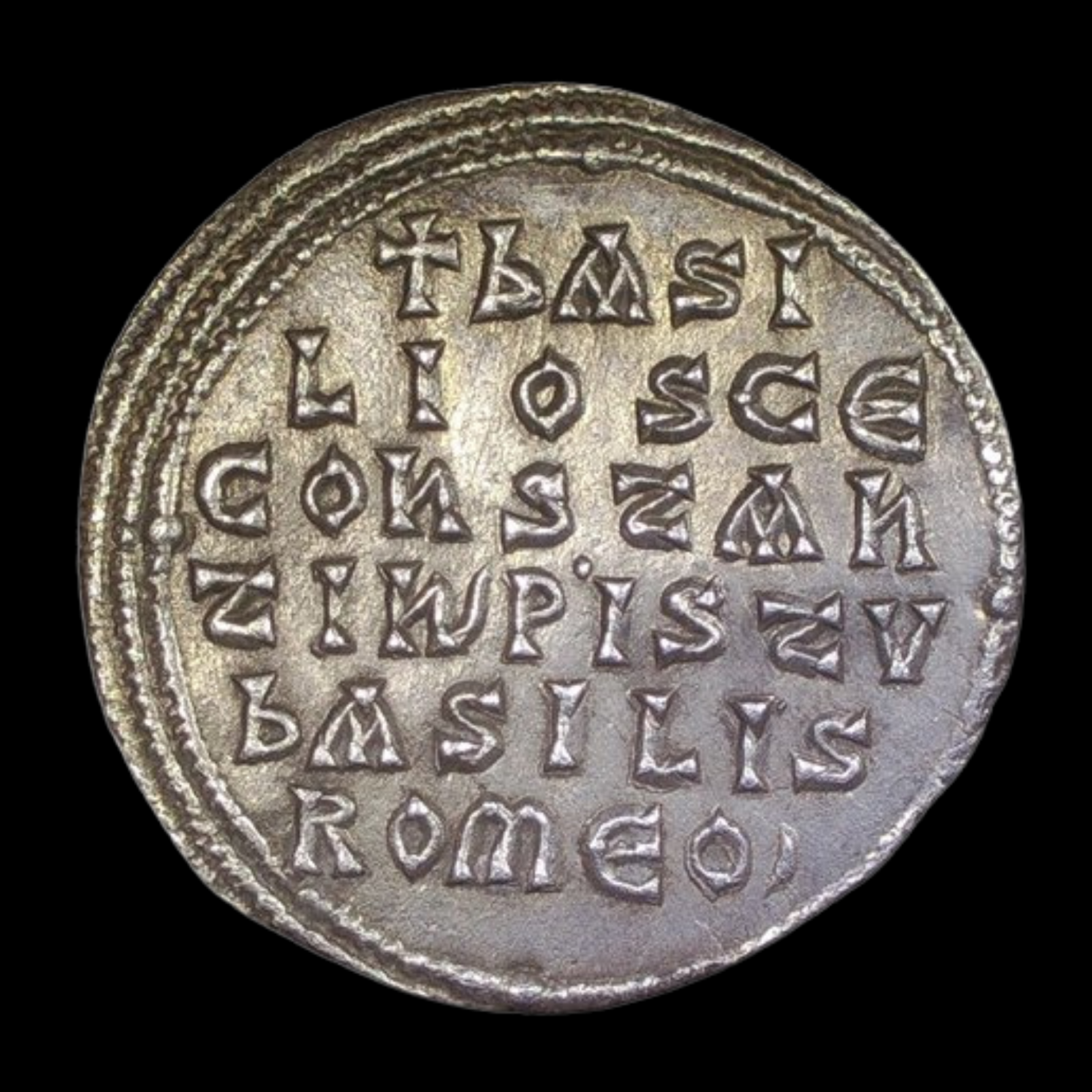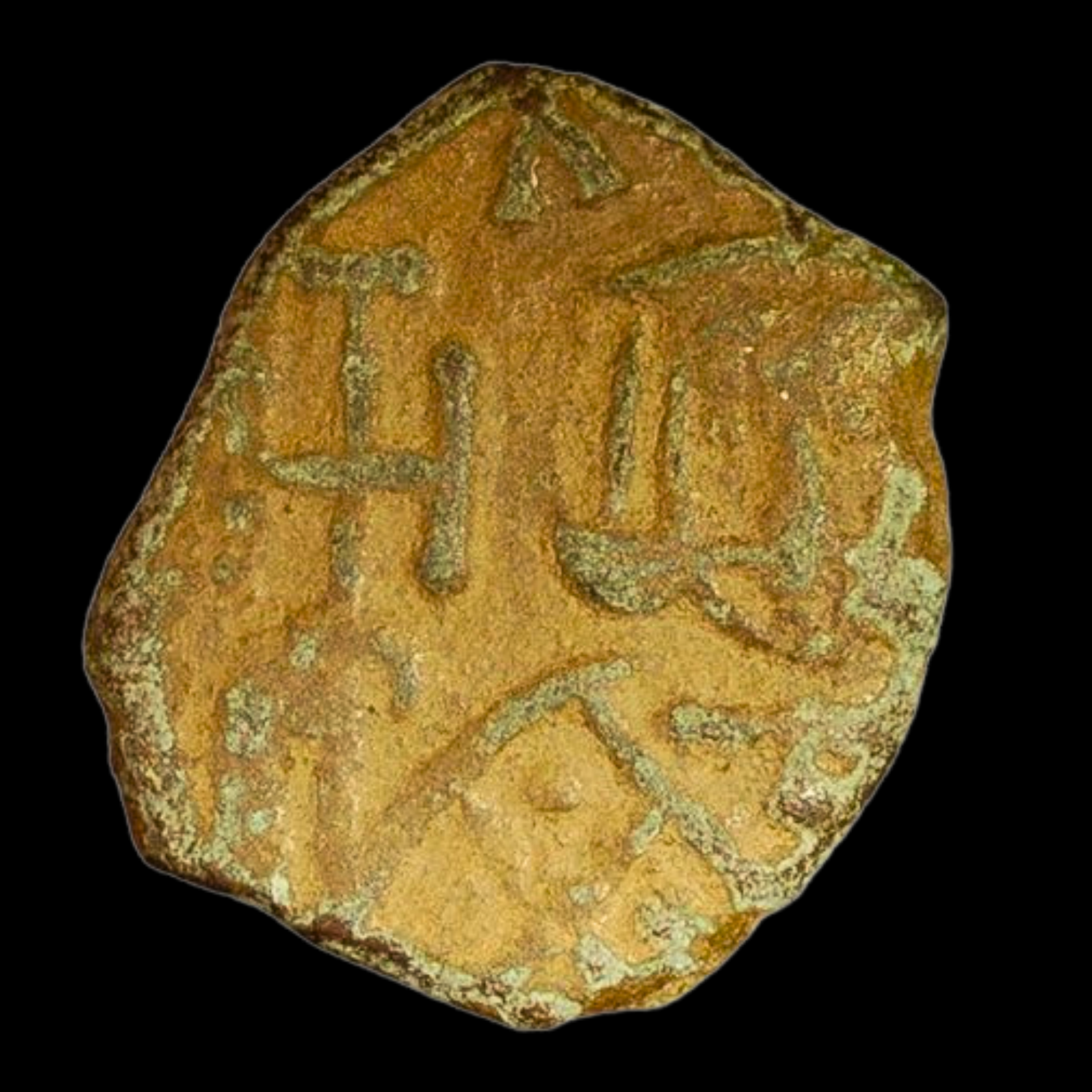 Image 1 of 3
Image 1 of 3

 Image 2 of 3
Image 2 of 3

 Image 3 of 3
Image 3 of 3




Byzantine Anonymous Bronze Follis with Christ Portrait (about 1,050-1,000 years ago)
The coins shown are representative examples of the grade and type, but not the actual specimens for sale. For details on NGC’s grading standards and definitions, please refer to our NGC Grading page.
This bronze follis belongs to the "anonymous" Byzantine coin series issued by various emperors from 976-1025 CE. Minted in Constantinople (modern Istanbul, Turkey), these coins broke with the long-standing tradition of depicting the emperor and instead featured religious imagery, reflecting the deeply Christian character of medieval Byzantine culture.
Coin Description:
Front side: Features a frontal bust of Jesus Christ with a cross nimbus (halo with a cross), wearing traditional robes, and holding a Gospel book. Unlike Roman-style profile portraits, this distinctive forward-facing style became characteristic of Byzantine religious art.
Back side: Contains a Greek inscription reading "ΙΗΣΥΣ ΧΡΙΣΤΥΣ ΒΑΣΙΛΕΥ ΒΑΣΙΛΕ" (Jesus Christ, King of Kings), arranged in four or five lines. Later issues might show variations of this inscription or different religious messages.
Technical Details:
Material: Bronze
Denomination: Follis (standard bronze unit in the Byzantine monetary system)
Minting date/period: 976-1025 CE (approximately 1,050-1,000 years ago)
Condition: Varies by specimen
Historical Significance:
These revolutionary coins represent a dramatic shift in Byzantine numismatic tradition by replacing the emperor's portrait with a religious image. This change, beginning under John I Tzimiskes and continuing until after the First Crusade, reflected the deeply Orthodox Christian character of Byzantine society and possibly intended to invoke divine protection during troubled times. The frontal portrait style of Christ influenced religious iconography throughout the Orthodox Christian world and continues to be recognizable in Eastern Orthodox art today.
The coins shown are representative examples of the grade and type, but not the actual specimens for sale. For details on NGC’s grading standards and definitions, please refer to our NGC Grading page.
This bronze follis belongs to the "anonymous" Byzantine coin series issued by various emperors from 976-1025 CE. Minted in Constantinople (modern Istanbul, Turkey), these coins broke with the long-standing tradition of depicting the emperor and instead featured religious imagery, reflecting the deeply Christian character of medieval Byzantine culture.
Coin Description:
Front side: Features a frontal bust of Jesus Christ with a cross nimbus (halo with a cross), wearing traditional robes, and holding a Gospel book. Unlike Roman-style profile portraits, this distinctive forward-facing style became characteristic of Byzantine religious art.
Back side: Contains a Greek inscription reading "ΙΗΣΥΣ ΧΡΙΣΤΥΣ ΒΑΣΙΛΕΥ ΒΑΣΙΛΕ" (Jesus Christ, King of Kings), arranged in four or five lines. Later issues might show variations of this inscription or different religious messages.
Technical Details:
Material: Bronze
Denomination: Follis (standard bronze unit in the Byzantine monetary system)
Minting date/period: 976-1025 CE (approximately 1,050-1,000 years ago)
Condition: Varies by specimen
Historical Significance:
These revolutionary coins represent a dramatic shift in Byzantine numismatic tradition by replacing the emperor's portrait with a religious image. This change, beginning under John I Tzimiskes and continuing until after the First Crusade, reflected the deeply Orthodox Christian character of Byzantine society and possibly intended to invoke divine protection during troubled times. The frontal portrait style of Christ influenced religious iconography throughout the Orthodox Christian world and continues to be recognizable in Eastern Orthodox art today.











